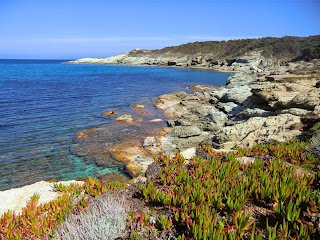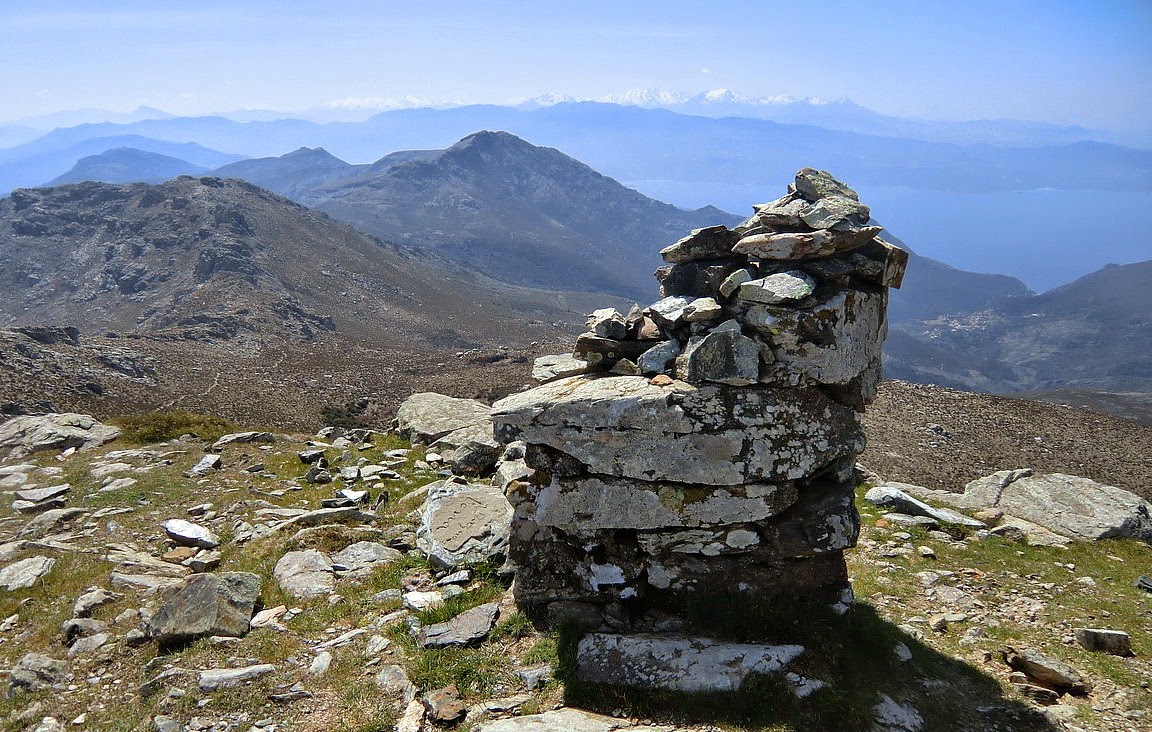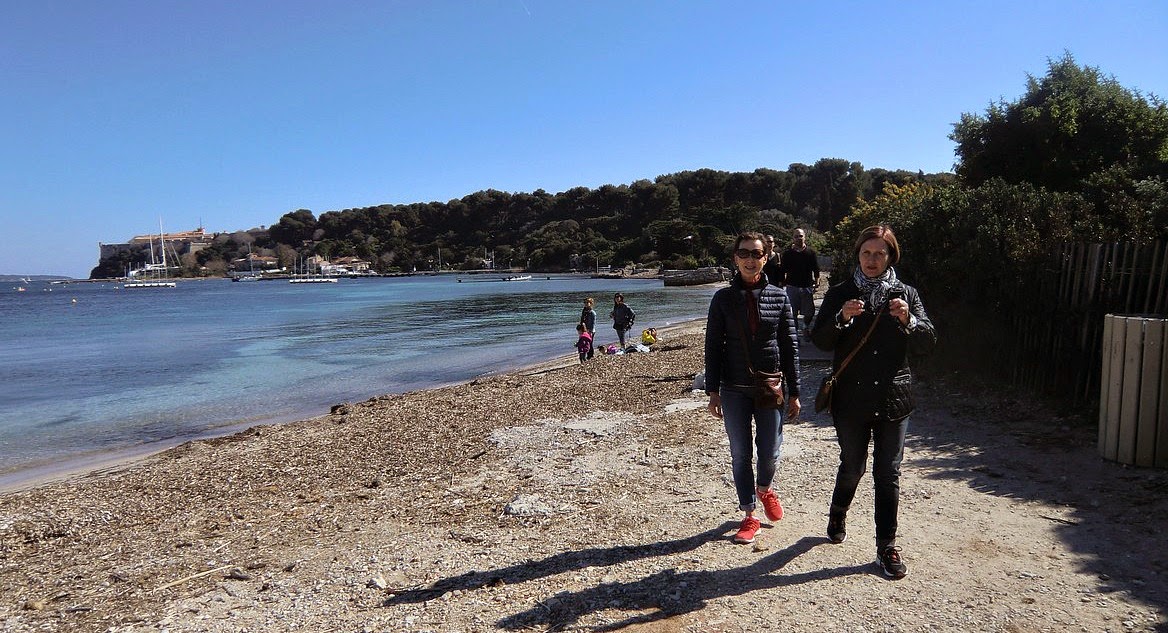Seafood risotto with a twist

Risotto with scallops recipe
Last September at the Mougins Festival of Gastronomy I had the pleasure of following Emmanuel Lehrer demonstrating his risotto with scampi. During the demonstration he mentioned that the recipe works also with scallops, coquilles St. Jacques.
The following recipe is my twist of Lehrer’s risotto. Mine was less colourful than his risotto because I don’t know anything yet about edible flowers. But it was nevertheless delicious even without the flowers and the Castelmagno cheese.
I coated he scallops with whole almond powder, Vahiné Amandes complètes en poudre, which gives a nice colour and can be bought in our local supermarket in Nice. This powder can easily be made from brown almonds or hazelnuts. A few drops of olive oil sprinkled over the scallops give extra nice appearance because the short baking time does not add any colour to the almond or hazelnut powder.
2 servings
Preparation time:
Cooking time:
Total time:
8- 10 scallops, coquilles St. Jacques
About 10 tsp whole almond or hazelnut powder
Olive oil to sprinkle over the scallops
For the risotto:
120 ml risotto rice
700 ml vegetable stock (you may not need to use it all)
2 tbsp olive oil
1 shallot, minced
1 clove garlic, minced
150 ml white wine
100 ml freshly grated parmesan
Freshly grated black pepper
A generous amount of minced dill and a few sprigs for decoration
½ organic lemon, cut into small pieces and zest for decoration
First make the vegetable stock. Set aside and keep warm. In a heavy casserole warm the olive oil over medium heat and sauté the shallot and garlic for about 5 minutes. Stir in the rice until well coated with oil.
Then start adding the wine in batches and cook, stirring, until the rice has absorbed most of it. Then start adding the vegetable stock, ladle by ladle, stirring constantly and not adding more until the previous addition has been almost absorbed. There should always be a little stock in the casserole. Preheat the oven to 180⁰ C.
Continue cooking and stirring continuously the rice for about 25 minutes. The rice should be now creamy but still a bit al dente. Stir in the pepper, dill, parmesan and lemon pieces, and adjust the consistence. Keep warm.
Place the scallops on an oven tray covered with baking paper. Cover each scallop with 1 tsp almond powder and sprinkle a couple of drops of olive oil over each scallop. Bake in 180⁰ C for 4 minutes.
Divide the risotto in bowls or risotto plates and place the scallops on top. Decorate with sprigs of dill and lemon zests.
NB! It helps if you have someone to help by stirring the risotto in the final phases while you cook the scallops.

















































